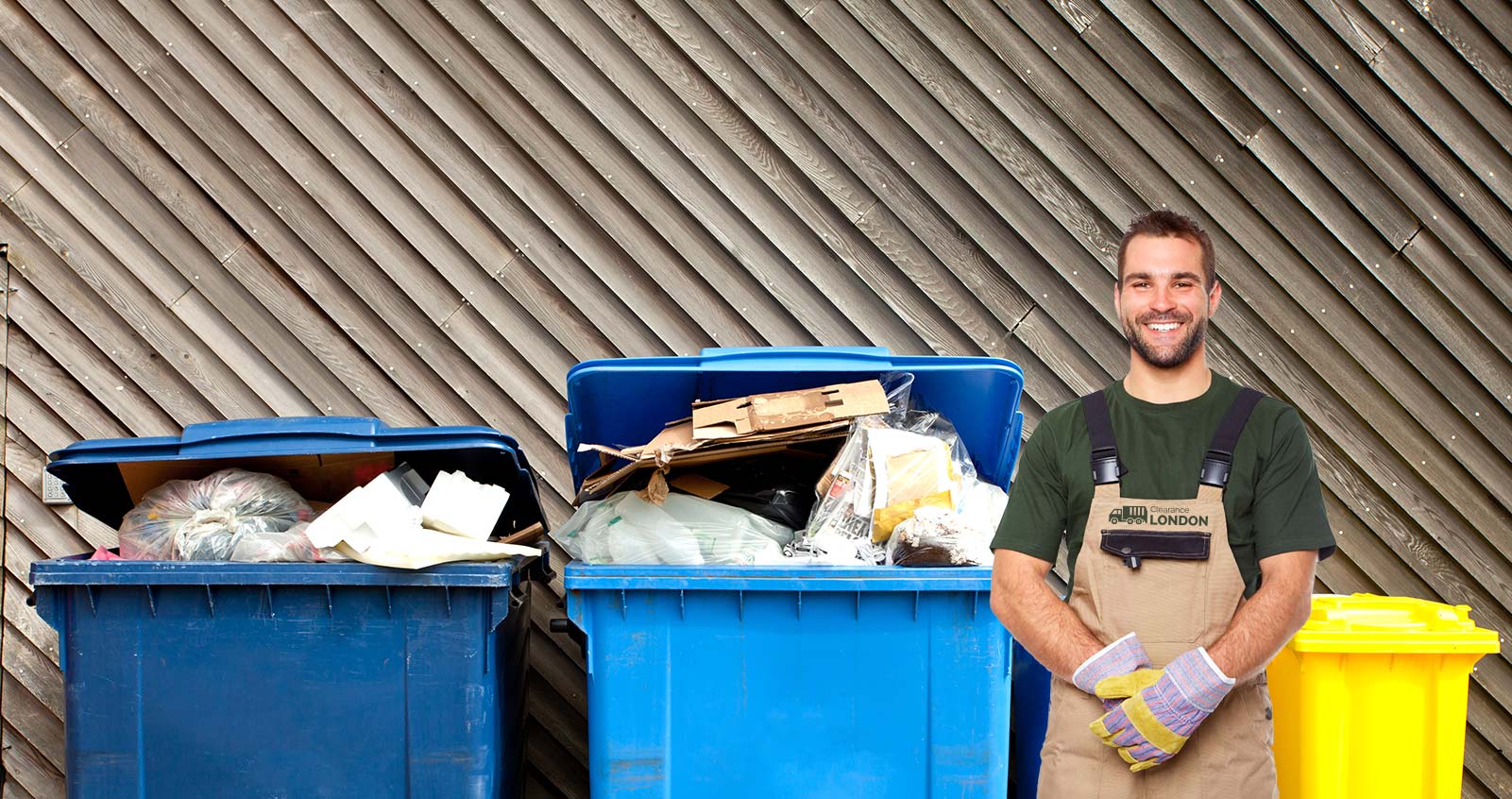Ways to Minimize Construction Waste Buildup
Posted on 14/09/2024
The construction industry is one of the largest contributors to waste globally, accounting for a significant percentage of the waste that ends up in landfills. Managing and reducing construction waste is not just environmentally beneficial but also economically advantageous. In this article, we will explore various effective strategies to minimize construction waste buildup.
Understanding Construction Waste
Construction waste consists of unwanted materials generated during the building, renovation, and demolition of structures. This waste includes a variety of materials like concrete, wood, metals, glass, and insulation. Mismanagement of these materials can lead to environmental degradation, increased project costs, and inefficiencies in the construction process.

Planning and Design
Effective planning and design are crucial for minimizing construction waste. Architects and contractors should work together to create efficient designs that utilize materials optimally.
Opt for Modular Construction: Modular construction involves creating components of a building in a factory setting, which are then transported to the construction site for assembly. This method reduces waste by allowing precise control over the material usage.
Design for Deconstruction: Designing buildings with deconstruction in mind ensures that materials can be easily separated and reused or recycled at the end of the building's life. This approach reduces the volume of waste that ends up in landfills.
Material Management
Proper material management during construction can significantly reduce waste generation.
Just-in-Time Delivery: Schedule material deliveries to arrive exactly when they are needed. This approach minimizes the risk of damage and deterioration, reducing the amount of waste generated.
Accurate Material Estimation: Over-ordering materials often leads to excess waste. Accurate estimation and ordering prevent surplus material from becoming waste.
Waste Segregation
Segregating waste on-site can facilitate recycling and reduce the volume of materials sent to landfills.
Set Up Recycling Stations: Implement dedicated recycling stations for different types of waste materials such as metal, wood, and concrete. Clear labeling and employee training can ensure proper separation of materials.
Reuse and Repurpose: Where possible, reuse materials within the project or repurpose them for other uses. Wooden beams can be repurposed as furniture, and leftover concrete can be crushed for use as aggregate.
Implementing Efficient Construction Methods
Modern construction methods can significantly reduce waste generation.
Prefabrication: Prefabricated components are manufactured in a controlled environment, leading to more efficient use of materials and reduced waste.
Lean Construction: Lean construction principles, borrowed from manufacturing, aim to minimize waste by streamlining processes and enhancing efficiency. This involves continuous improvement and waste minimization at every stage of construction.
Collaboration and Training
Effective waste reduction involves collaboration among all stakeholders and ongoing training.
Engage All Stakeholders: Ensure that all parties involved, from designers to contractors to subcontractors, are on board with waste reduction strategies. Regular meetings and communication can help maintain focus on waste minimization.
Training and Awareness: Provide training to workers on waste management practices, such as proper segregation and recycling techniques. Awareness programs can help foster a culture of sustainability on-site.
Utilizing Technology
Technology can play a pivotal role in minimizing construction waste.
Building Information Modeling (BIM): BIM allows for detailed planning and visualization of construction projects, enabling precise material estimation and reducing the likelihood of waste.
Drones and Automation: Drones can be used for site surveys and monitoring, reducing the need for redundant materials. Automation in construction processes also ensures precision and reduces waste.
Sustainable Material Choices
Opt for sustainable materials that generate less waste and have a reduced environmental impact.
Recycled Materials: Use materials made from recycled content, such as recycled steel or reclaimed wood, which reduces the need for virgin materials and minimizes waste.
Local Materials: Sourcing materials locally not only reduces transportation emissions but also supports local economies and can result in less sourcing waste.
Post-Construction Waste Management
Efficient waste management doesn't end with the completion of the construction project.
Proper Disposal: Ensure that any remaining waste is disposed of responsibly, following local regulations and guidelines.
Deconstruction: When a building reaches the end of its life, prioritize deconstruction over demolition. This approach involves systematically dismantling the structure to salvage as much material as possible for reuse or recycling.
Policy and Regulation Compliance
Adhering to local, national, and international regulations can further aid in waste reduction.
Building Codes: Comply with building codes that promote sustainability and waste reduction. These codes often include guidelines for material use, recycling, and waste management.
Certification Programs: Participate in green building certification programs like LEED (Leadership in Energy and Environmental Design), which encourage best practices in waste management and sustainable construction.

Benefits of Minimizing Construction Waste
Reducing construction waste offers several compelling benefits:
Environmental Impact: Minimizing waste reduces the strain on landfills, decreases pollution, and conserves natural resources.
Cost Savings: Efficient use of materials and waste reduction can lead to significant cost savings. Reduced waste disposal fees and improved material efficiency lower overall project costs.
Enhanced Reputation: Sustainable construction practices can enhance the reputation of construction companies, attracting environmentally conscious clients and investors.
Compliance and Future-Readiness: Adhering to waste reduction practices ensures compliance with current regulations and prepares companies for future sustainability requirements.
Conclusion
Minimizing construction waste buildup is an essential aspect of sustainable building practices. From planning and design to material management, waste segregation, and utilizing modern construction methods, there are numerous strategies that can significantly reduce waste generation. Collaboration, training, and the adoption of technology further enhance these efforts. By making conscious choices about material use and disposal, the construction industry can contribute to a healthier environment, lower costs, and a more sustainable future.




